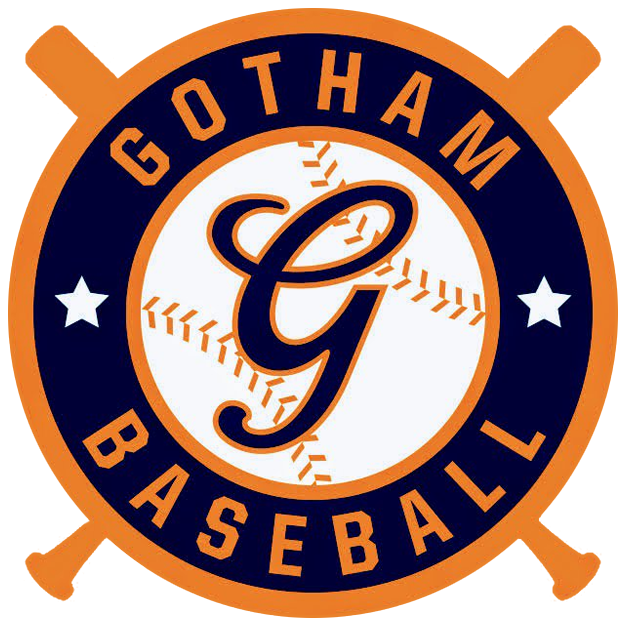The Mets closed out the weekend series with a 2-1 victory, punctuated by James McCann throwing out Trevor Story in attempted steal to end the game. Is McCann’s arm this good, and if so, what could this mean for the Mets?
When the Mets signed James McCann this past December, it took some fans a moment to accept this meant the team wouldn’t be pursuing JT Realmuto, widely regarded as the best catcher in baseball. Once fans got over that, they immediately turned their attention to McCann’s improving offense, and his pitch framing history. For those who are unfamiliar, “pitch framing” is a technique by which a catcher receives a pitch that may be around the edge of the strike zone, and is able to make it appear to the umpire to be a strike by using subtle movements. In the past decade or so, this ability has gone from a nice-to-have to a necessity for catchers. In McCann’s case, it’s been a work-in-progress for the last few years.
I must admit though, I too paid most of my attention to these two areas, as well what former teammates had to say about him (all positive) and what a White Sox fan cousin of mine had to say (Mets fans “are going to absolutely love him”). I hadn’t thought much about his ability to throw out would-be base stealers. It’s not because it’s not an important attribute; it’s just that after years of Mets futility in this area, I’d essentially given up on it.
While the Mets futility at this aspect of catching has been going on for quite some time, the last 2 seasons have been remarkably atrocious. During his tenure with the Mets, Wilson Ramos had a caught stealing percentage of just about 16%, which is about 10% less than the league average during that time. In last year’s small sample size, the Mets receivers caught 16% of stolen base attempts, while the National League average was 24%. In the full season of 2019, the Mets catchers nabbed only 14% of potential base stealers, while the NL average was 26%. This is more than just a runner going from first to second with relative ease, this is about runners moving into scoring position off a walk or a single, and it’s about runners moving to third base with fewer than two outs, and most importantly it’s about the added pressure on a pitcher to pay greater attention to the base runner or to accept this fate.
Meanwhile, in 2020, McCann threw out 33% of stolen base attempts, against an American League average of 26%. In 2019, he caught 31% of base stealers against the AL average of 27%. This isn’t just recent for McCann either. Since 2016, McCann has a CS% (Caught Stealing percentage) of 35%, including an especially impressive 45% in 2016. In the last five years, Mets catchers have a CS% of 20%.
As much as I enjoy baseball statistics, I don’t rely on them as predictors, rather as storytellers. I don’t know what CS% percentage James McCann will end up with this year. There are multiple factors that come into play aside from the catcher’s abilities, including but not limited to the pitchers’ capacities for holding runners on base, which opposing hitters are getting on base, the game situations when those batters do reach base, among many others. I’m sure there are statisticians who can input all sorts of algorithms to come up with a relatively accurate expectation of what McCann will do with runners on base this season. I’m definitely not one of these statisticians.
What I can tell you is watching the tying run reach first in the 9th inning of Sunday’s game and then watching McCann end the game by catching him trying to get into scoring position was a refreshing experience for me. If it turns out that this is an indication of what’s to come, then the Mets pitching staff will have gained more than a worthy receiver, then the team’s defense will be better than many had feared, and then it looks like my cousin’s intuition will be accurate.




